If you’ve seen an early 20th-century photo of Baylor, it was probably taken by this man
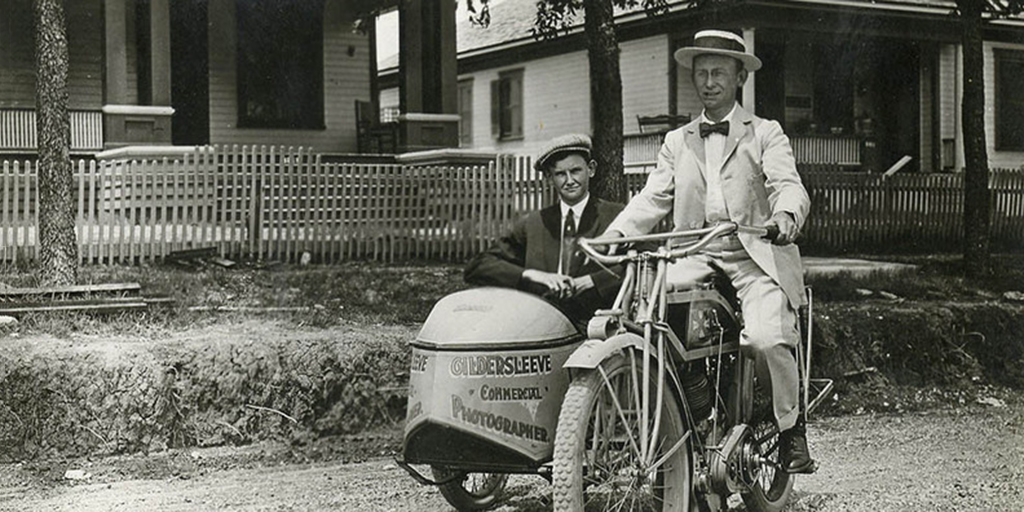
You know the photos: men and women dressed in layers of coats, bowler and cowboy hats abound, horse and buggies, maybe a few “horseless carriages.”
Most of these kinds of photos come from the early 20th century — and the ones you’ve seen of Waco and Baylor were almost certainly shot by Fred A. “Gildy” Gildersleeve, AKA “Waco’s photographer.” Born in June 1881, Gildersleeve was brought up in Missouri, where his family had moved after his father’s death. His first entry into photography was at age 17, when his mother bought him a 1898 Kodak box camera. He learned he had quite the knack for the craft, and he used his unique skill to take photos of classmates for 25 cents each, paying his way to study photography after high school.
In 1905, Gildersleeve moved to Waco to start his own photography business. From then until his death in 1958, Gildersleeve took photos of Waco buildings, social and historical events, riding around in an Excelsior motorcycle and sidecar with his assistant, camera and supplies. As his popularity rose, Gildersleeve was commissioned more than any other photographer in Waco for local events and meetings, including his roles as the official photographer for Baylor University and the State Fair of Texas. Just about every existing photo of Baylor from this time period was the work of “Gildy.”
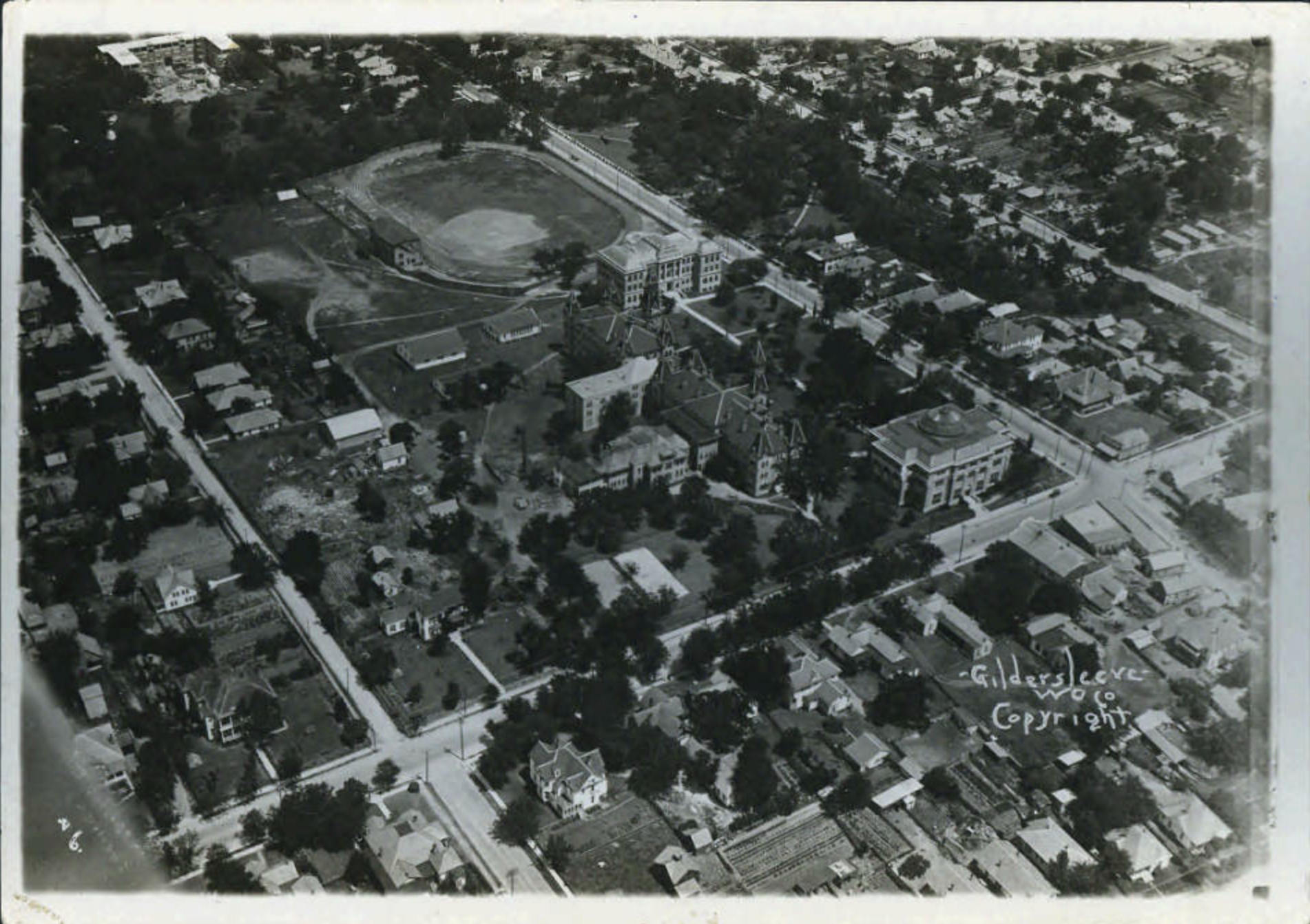
Baylor University campus, c. 1920-21
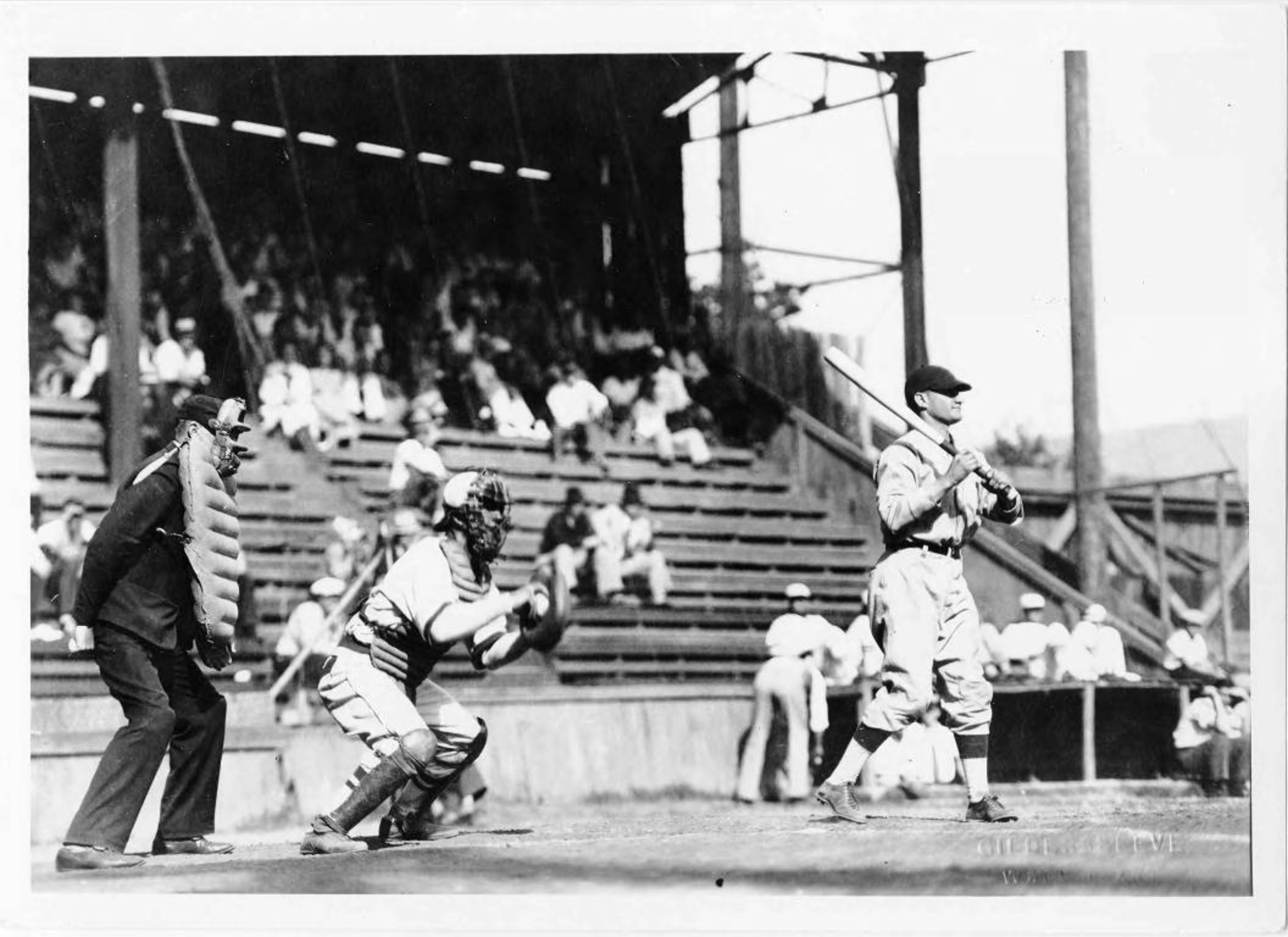
Baylor baseball game, c. 1940s
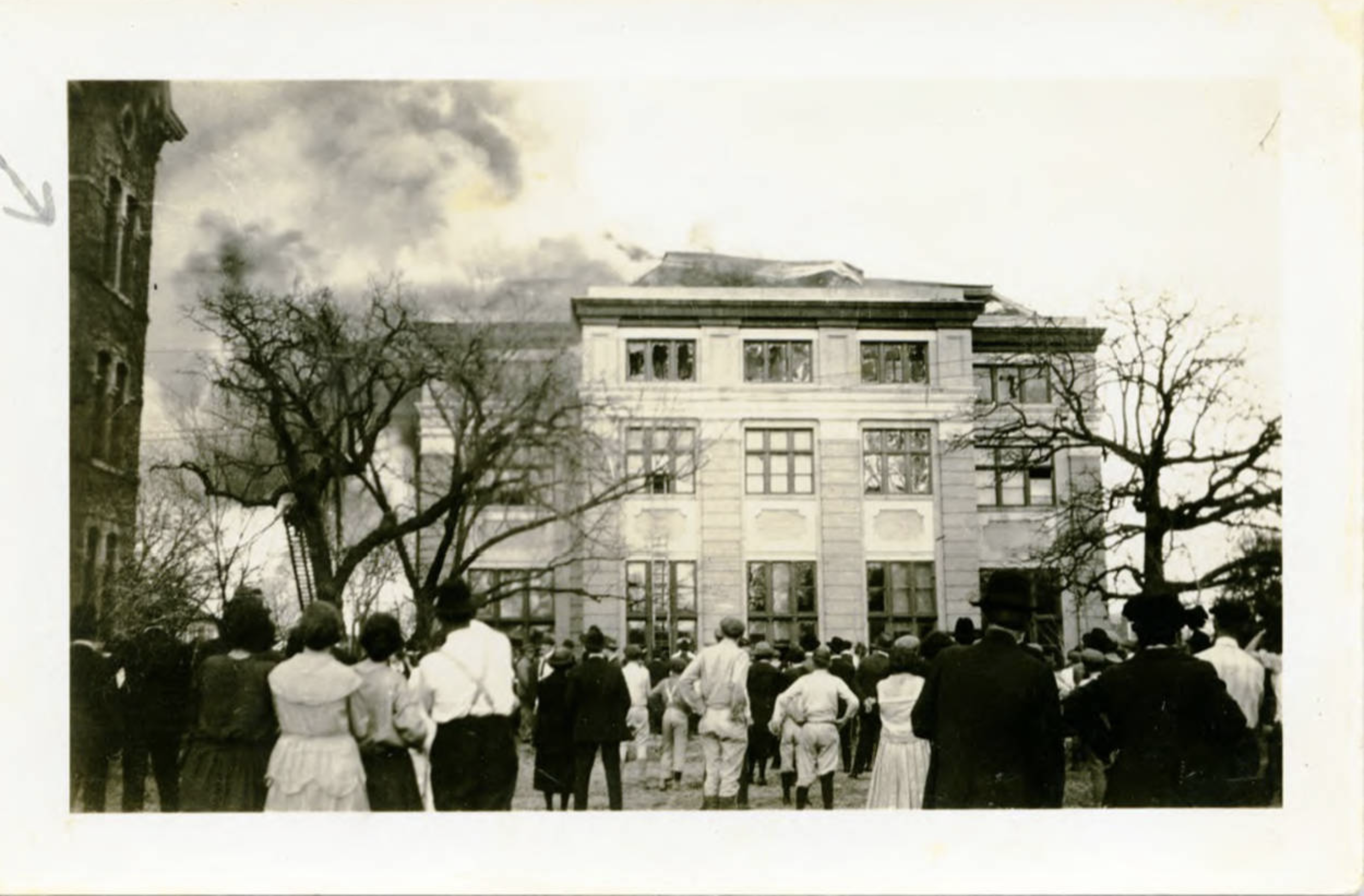
Carroll Chapel and Library fire, Feb. 11, 1922
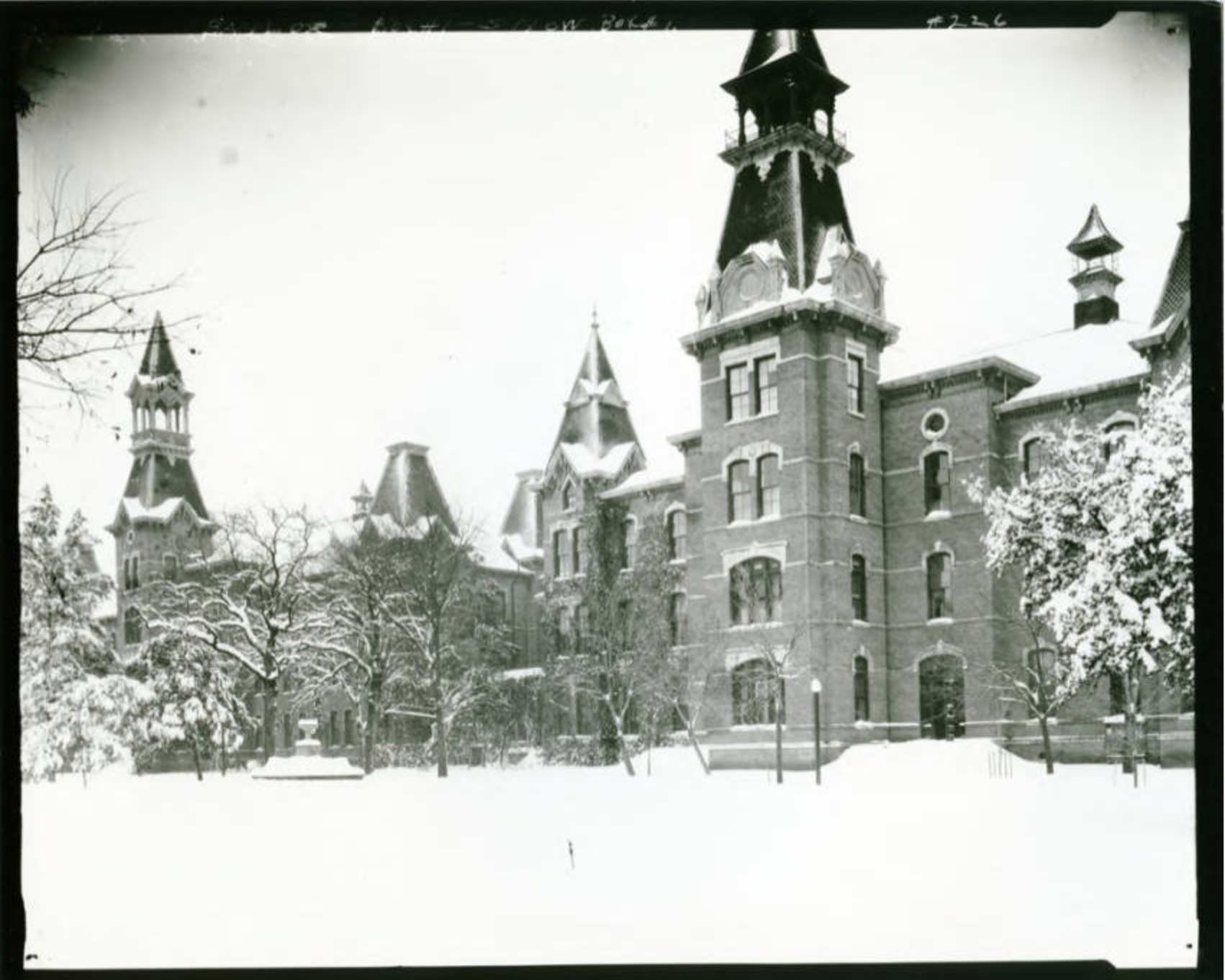
Snow on the Baylor campus, c. 1940s
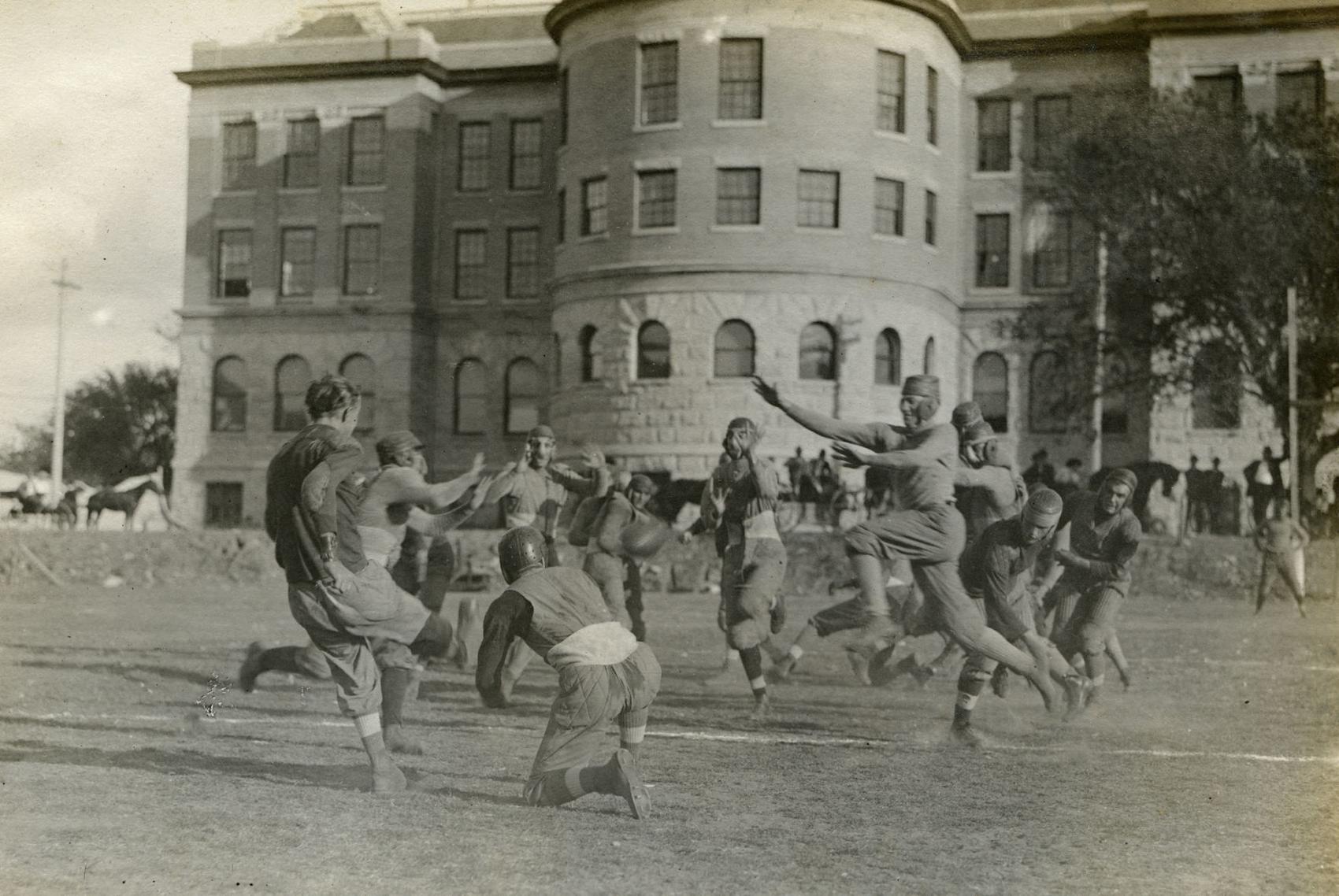
Baylor Homecoming football game vs. TCU at Carroll Field, Nov. 1909
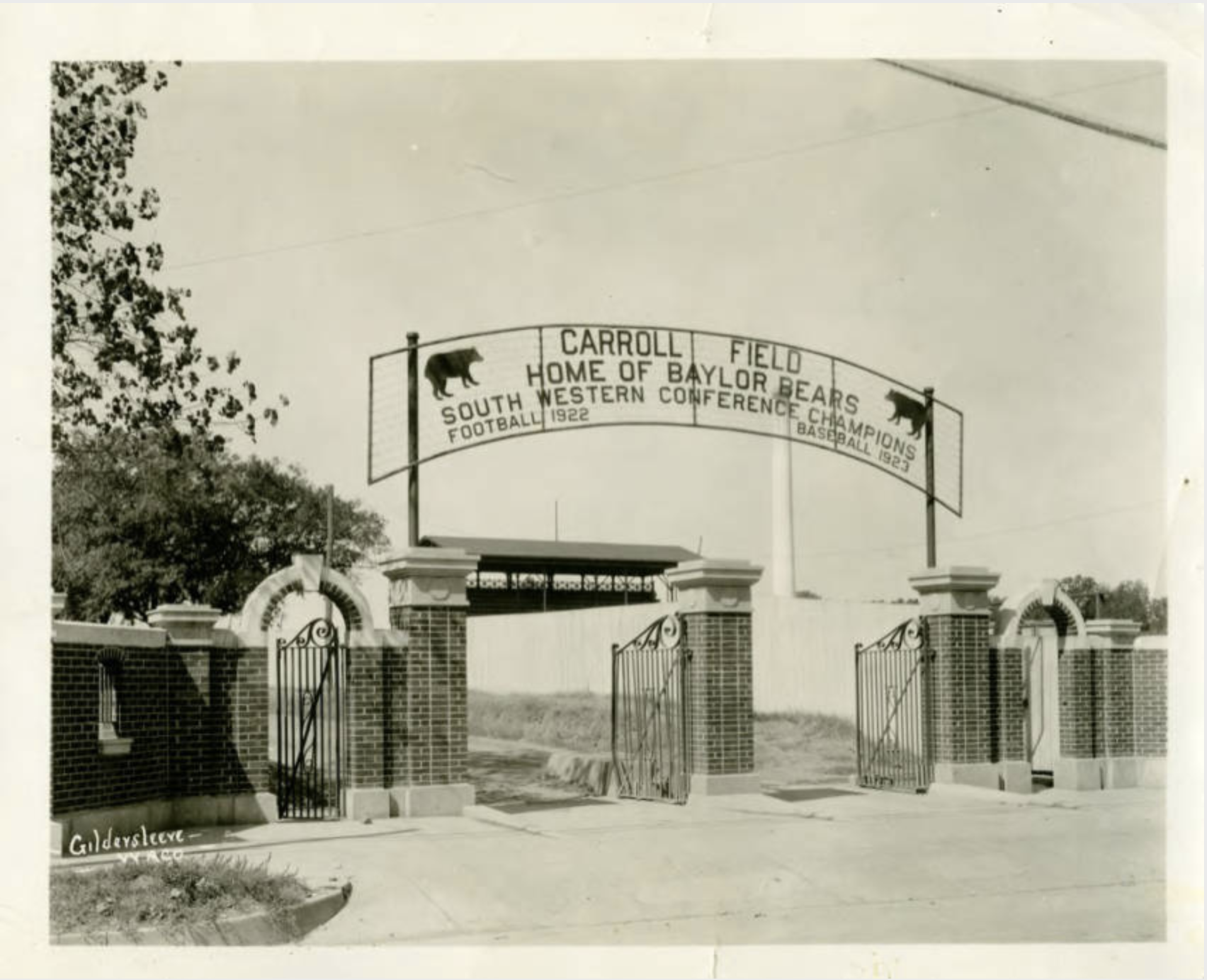
Entrance to Baylor’s Carroll Athletic Field, c. 1920s
In his will, Gildersleeve left his collection of 1,400 photographs to Roger Conger, a Waco-based historian who cared for him during the final years of his life. In an effort to preserve the images, Conger donated the remaining glass negatives of Gildersleeve’s work to Baylor’s Texas Collection. Since then, the Texas Collection has been carefully and thoughtfully caring for the priceless images. This fall, two Baylor staff members published Gildersleeve: Waco’s Photographer, an entire book full of hundreds of his greatest works. (On November 8, the Texas Collection will host a celebration of the book’s release.)
Gildersleeve’s use of state-of-the-art lenses and flash powder, plus his ability to be surprisingly nimble with bulky cameras and slow film speeds, was what made many of his images possible. Your average 1900s photographer couldn’t capture action shots, close-ups, or low-light photos. A photographer with his skill would be a “superstar” today, says Baylor lecturer (and longtime Waco Tribune-Herald photographer) Rod Aydelotte. “He had no zoom lens, no high-speed ISO film, no digital, but 99% of his images are so tack-sharp that it’s unreal.”
We owe a great deal of thanks to this preserver of Baylor history. Without him, we wouldn’t have a clear idea of what the Baylor campus looked like 100+ years ago, or how its early 20th-century students lived. So the next time you see the famous Gildersleeve signature on the corner of a sepia or black and white photo, thank “Waco’s photographer”!
Sic ’em, Gildersleeve!

